Dhaka: Not Just Chaos, But a City of Surprises
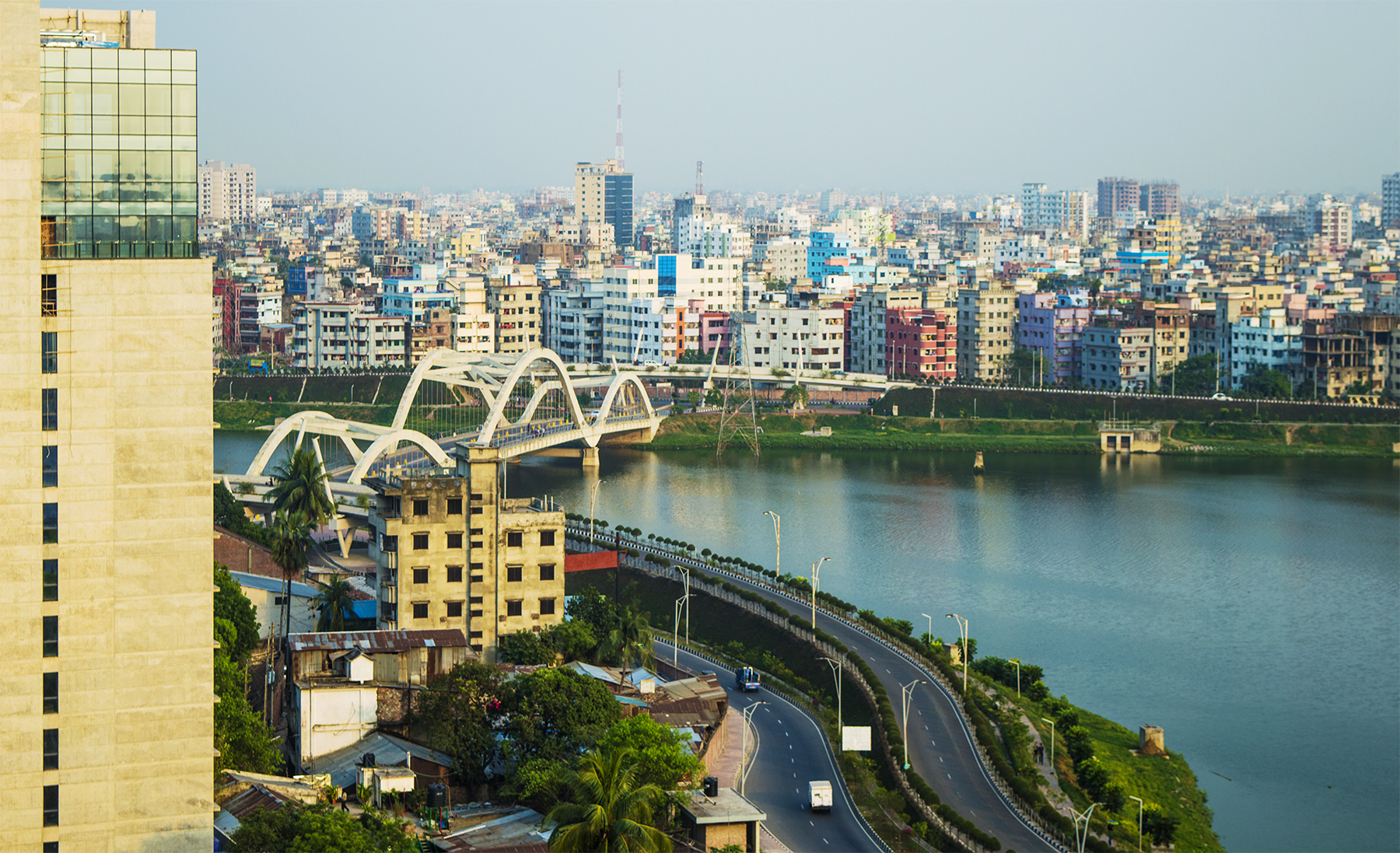

When people picture Dhaka, they often imagine unending traffic jams and noise, but the reality is much richer. Dhaka’s population reached nearly 23 million in 2024, making it one of the world’s most densely populated cities. Yet beyond the bustle, the city is alive with creativity—hosting over 20 major art festivals annually and a thriving start-up scene that raised $95 million in venture capital in 2023. Many neighborhoods, like Gulshan and Banani, offer tree-lined streets, trendy cafés, and vibrant nightlife. The city’s rapid urban development has also led to the creation of modern transport systems, including the Dhaka Metro Rail, which now serves over 200,000 passengers daily. Despite air pollution concerns, green spaces such as Ramna Park provide an urban oasis for thousands each weekend. The stereotype of unlivable chaos simply doesn’t capture the full picture of Dhaka’s dynamic, evolving character.
Safety: Crime Rates and Real Risks


Contrary to common fears, Bangladesh ranks lower in violent crime than many assume. The Global Peace Index 2024 placed Bangladesh at 91 out of 163 countries, ahead of several South Asian neighbors. Petty theft exists in crowded urban areas, but homicide rates are less than 2.6 per 100,000 people, according to the Bangladesh Police’s 2023 report. Major cities have seen increased surveillance and community policing, leading to a 17% drop in reported street crimes from 2022 to 2024. The government’s crackdown on organized crime has been particularly effective in Chattogram and Khulna. While women’s safety remains a concern, 2024 saw the launch of “Safe City” initiatives, with over 5,000 surveillance cameras installed across Dhaka alone. The reality is nuanced—while caution is wise, outright panic is misplaced.
Living Costs: Affordable or Overblown?
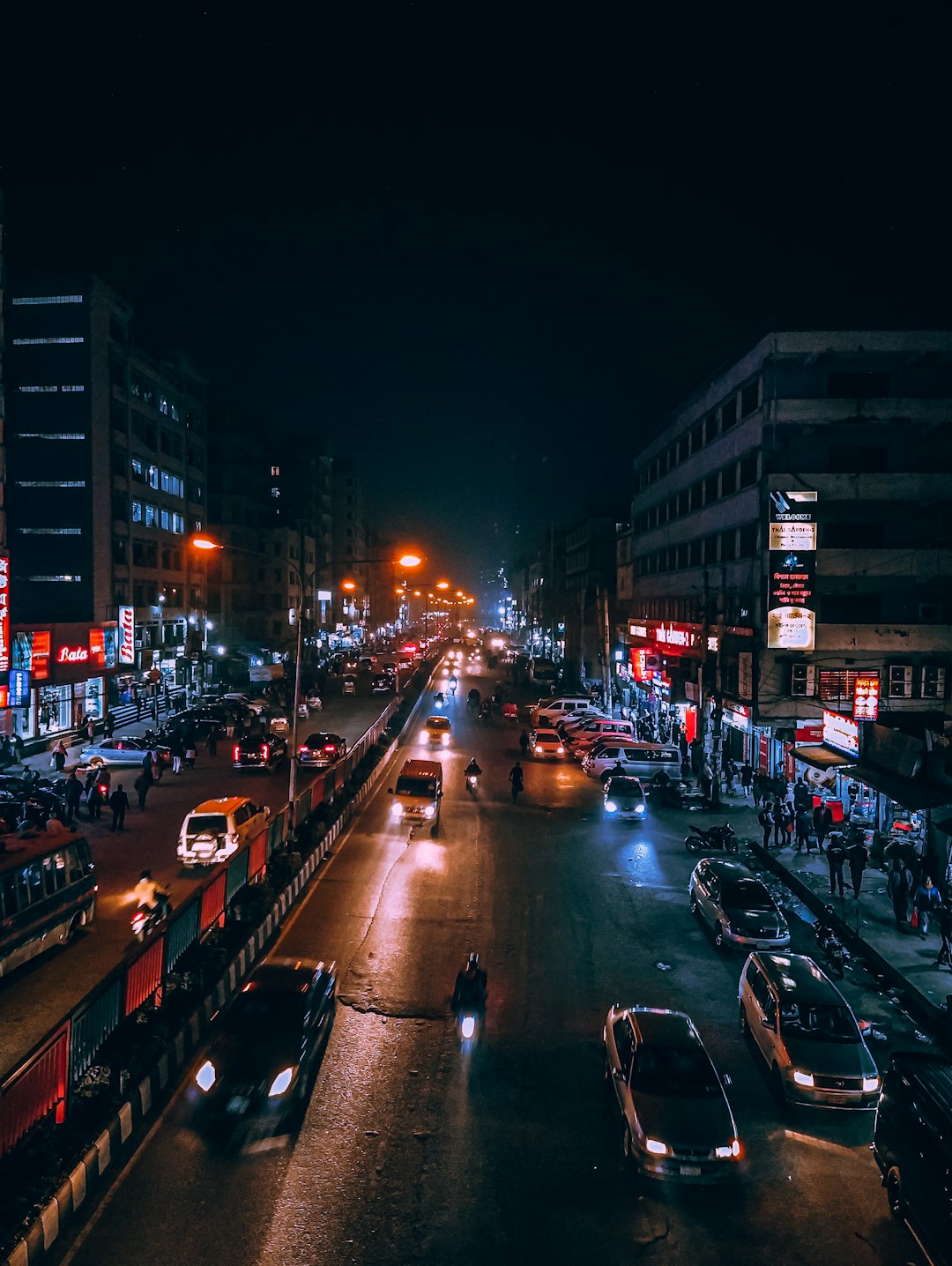

Many believe life in Bangladesh is dirt cheap, but the real picture is more complex. The average monthly cost of living for a middle-class family in Dhaka is now about $650, up 12% from 2022 according to the Bangladesh Bureau of Statistics. Rents have climbed sharply, with the average two-bedroom apartment in central Dhaka costing $300–$400 a month. Imported groceries and international schools can push monthly expenses higher for expatriates. However, local markets still offer fresh produce at prices well below global averages—one kilogram of rice costs just $0.60, and seasonal vegetables remain affordable. Public transportation is extremely cheap, with metro and bus fares rarely exceeding $0.30 per ride. The cost of living is manageable, but the myth of “everything is dirt cheap” doesn’t account for modern urban realities.
Climate and Pollution: The Environmental Truth
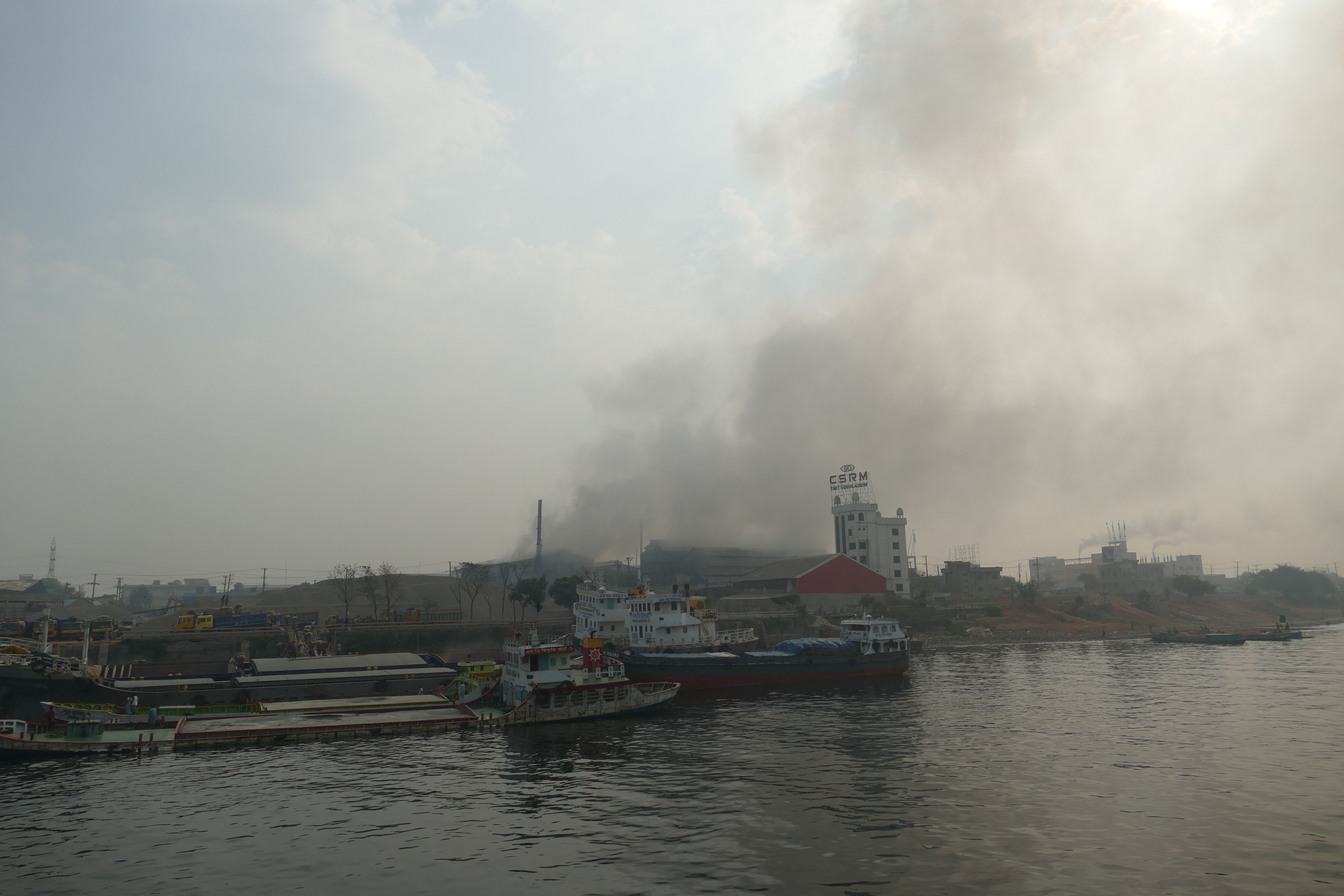

Bangladesh faces real environmental challenges, with air quality among the world’s worst in urban centers. In 2024, Dhaka’s average AQI (Air Quality Index) hovered around 180, well above the World Health Organization’s safe limit. Seasonal floods remain a serious concern; over 800,000 people were displaced during the 2023 monsoon, as reported by the Ministry of Disaster Management. However, the government has invested $3.2 billion since 2022 in flood defenses and new water management systems, which have reduced urban flooding incidents by 15%. Renewable energy is also growing—solar power capacity increased by 18% in 2024, now powering over 2 million rural homes. While environmental problems are severe, efforts to combat them are accelerating, challenging the notion that Bangladesh is helpless in the face of climate crisis.
Healthcare: Public Systems and Private Options
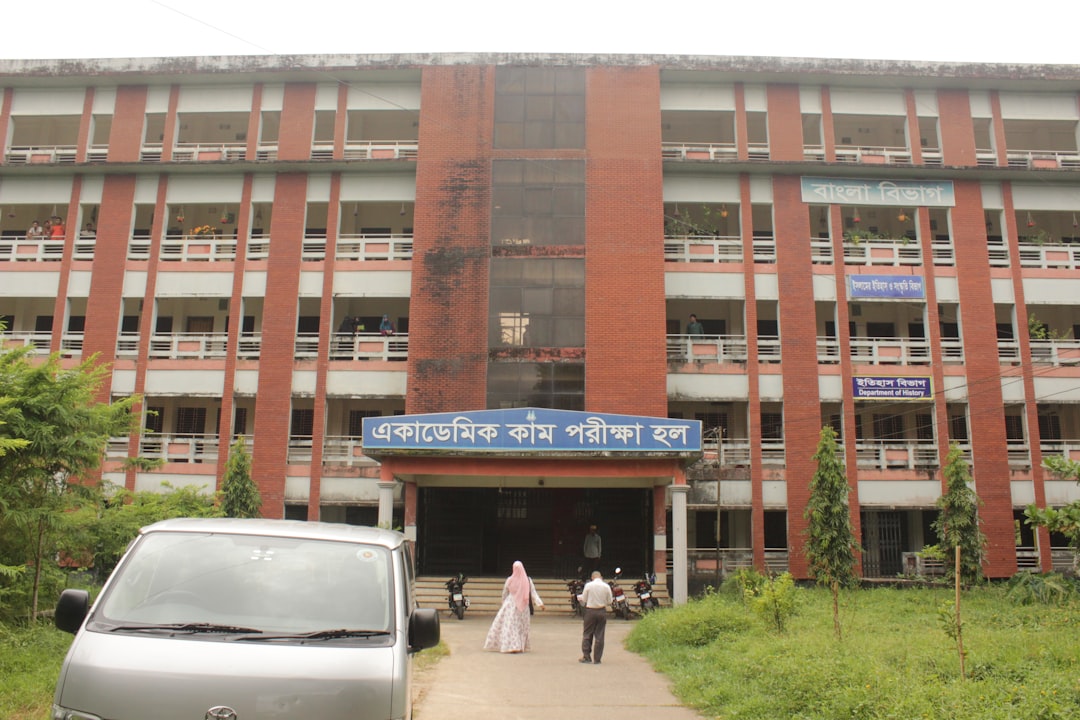

Bangladesh’s healthcare system is often dismissed as underdeveloped, but recent reforms have brought significant improvements. Life expectancy reached 73.5 years in 2024, a jump from 69 years a decade ago, thanks to expanded vaccination campaigns and maternal care. The government increased the health budget by 28% in 2023, leading to new clinics and digital health initiatives in rural areas. Telemedicine platforms now serve over 4 million users monthly, bridging gaps for remote communities. Private hospitals in Dhaka and Chattogram offer advanced care, with medical tourism growing by 11% last year. Still, public hospitals remain crowded and under-resourced, particularly outside major cities. The reality is a nation in medical transition—far from perfect, but far stronger than its reputation suggests.
Education: Rising Standards and New Challenges


Bangladesh’s literacy rate climbed to 78.7% in 2024, reflecting decades of steady investment in education. The government spends nearly 2.1% of GDP on education, with programs like the Primary Education Completion Examination ensuring that 94% of children enroll in school. English-medium and international schools are expanding rapidly in urban centers, now serving over 300,000 students nationwide. University enrollment has doubled since 2015, with 2.8 million students attending tertiary institutions in 2024. However, disparities remain—rural and poor children are less likely to complete secondary education, and teacher shortages persist in remote districts. Technology is making inroads: e-learning platforms saw a 41% surge in use after the COVID-19 pandemic. Education in Bangladesh is a story of momentum mixed with unfinished business.
Women’s Rights: Beyond Stereotypes
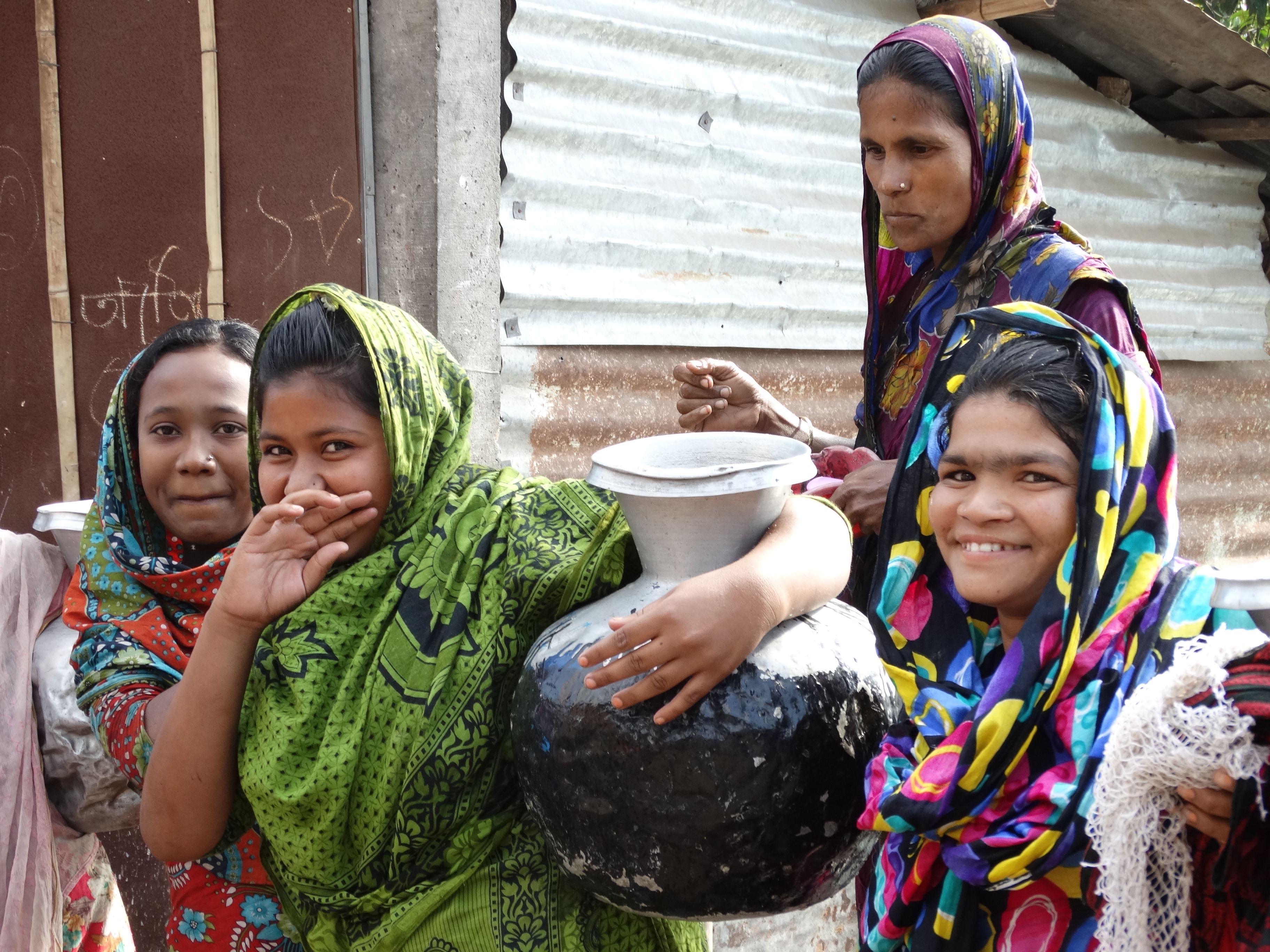

While Bangladesh faces challenges in gender equality, major progress is undeniable. Women now make up 36% of the workforce, and the country ranks first in South Asia on the World Economic Forum’s Gender Gap Index 2024 for political empowerment. The Prime Minister, Sheikh Hasina, has led the country for over 15 years, and 50 reserved parliamentary seats ensure female representation. Laws protecting women from harassment and domestic abuse were strengthened in 2023, and 12,000 cases have been prosecuted under new statutes. Urban centers like Dhaka and Sylhet have seen women open businesses and tech firms at record rates. Still, early marriage and rural gender gaps remain pressing issues. The narrative of powerless women no longer fits the data from modern Bangladesh.
Expat Life: Integration and Community
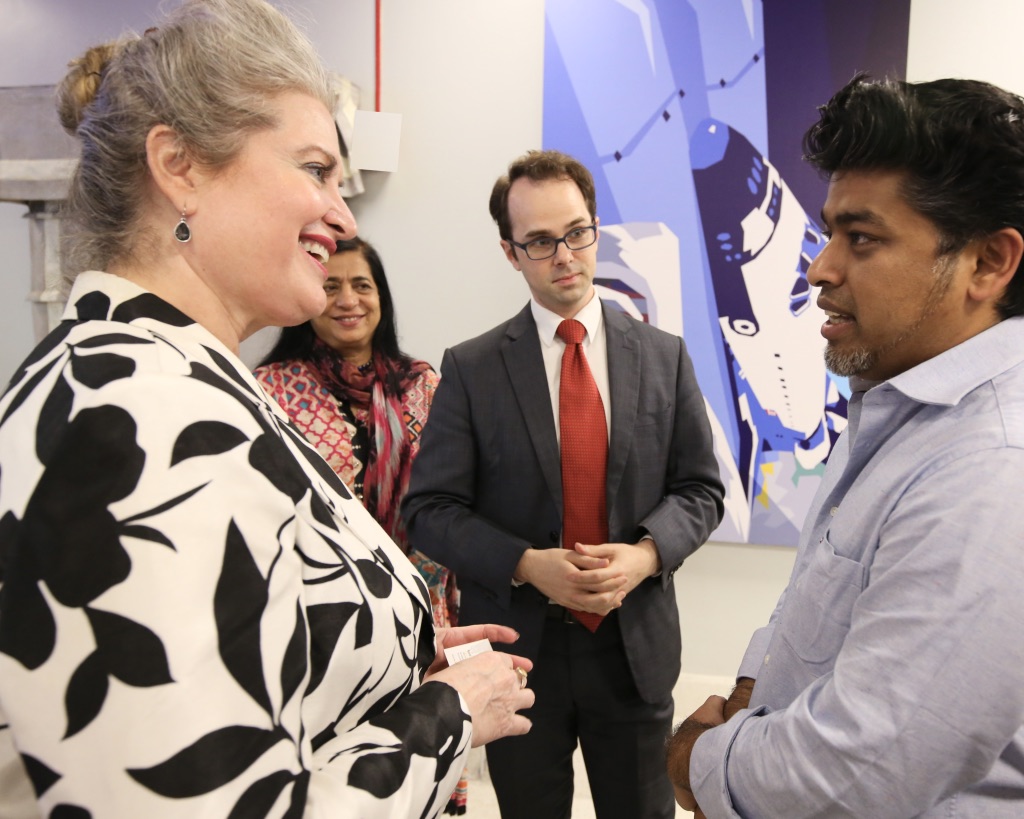

Bangladesh’s expatriate population is small but growing, with an estimated 120,000 foreigners living in the country as of 2024. Most are from China, Japan, South Korea, and India, working in sectors like garments, infrastructure, and IT. Dhaka’s international clubs and schools cater to expat needs, and events like the Dhaka International Film Festival attract a global crowd. Language barriers exist, but English is widely spoken in business and academia. The government eased visa regulations in 2023, making it easier for professionals and investors to settle. Community integration varies; while some expats report strong local friendships, others face challenges with bureaucracy and cultural adaptation. Still, the support networks are expanding, and Bangladesh is steadily becoming more welcoming to outsiders.
Food Culture: More Than Just Spice
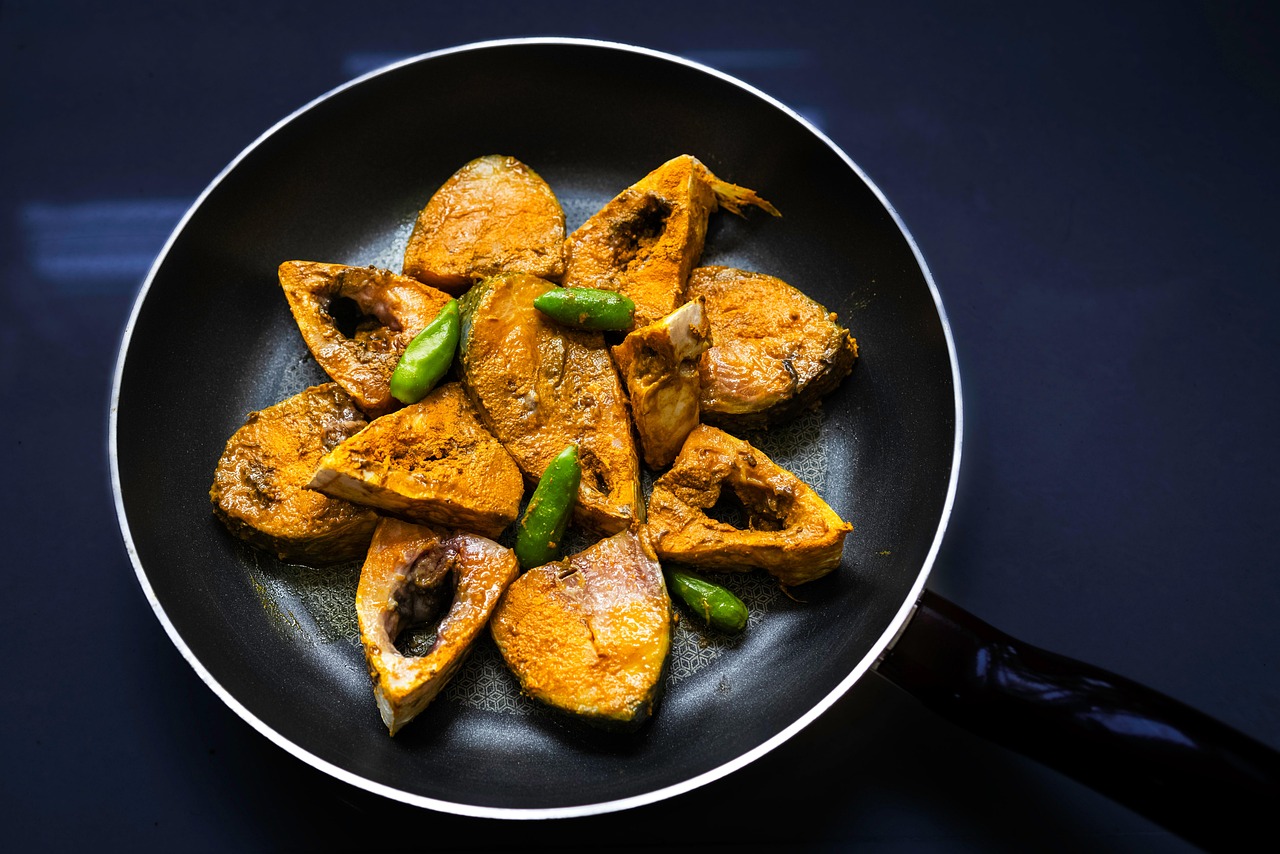

Bangladesh’s culinary reputation often gets reduced to being “spicy,” but the country’s food scene is both diverse and evolving. Traditional dishes like hilsa fish curry, bhuna khichuri, and street-side fuchka remain staples in daily life. In 2024, the restaurant industry grew by 13%, with new Japanese, Korean, and Middle Eastern establishments opening in Dhaka and Chattogram. Street food markets draw crowds from all walks of life, and Bangladesh is now home to over 300 specialty coffee shops. Food safety standards have improved, with government inspections increasing 22% in the past year, resulting in higher hygiene ratings for urban eateries. Vegetarian and vegan options are also on the rise, reflecting changing consumer preferences. The nation’s food culture is a blend of tradition and innovation, much richer than its stereotypes suggest.
Technology: The Digital Leap Forward


Bangladesh is rapidly digitizing, with 134 million mobile phone users and 119 million internet subscribers as of March 2024, according to the Bangladesh Telecommunication Regulatory Commission. The government’s “Digital Bangladesh” vision has led to widespread adoption of online services, including e-banking, which grew by 31% last year. E-commerce platforms like Daraz and Chaldal now serve tens of millions, and mobile payment usage—spearheaded by bKash—hit record highs in 2023, processing over $85 billion in transactions. The IT sector employs more than 1 million people, and tech exports reached $1.9 billion in 2024. Rural connectivity is also improving, with 95% of villages now covered by 4G networks. Bangladesh’s digital transformation is rewriting old assumptions, proving that the country is not stuck in the past but racing toward a high-tech future.


